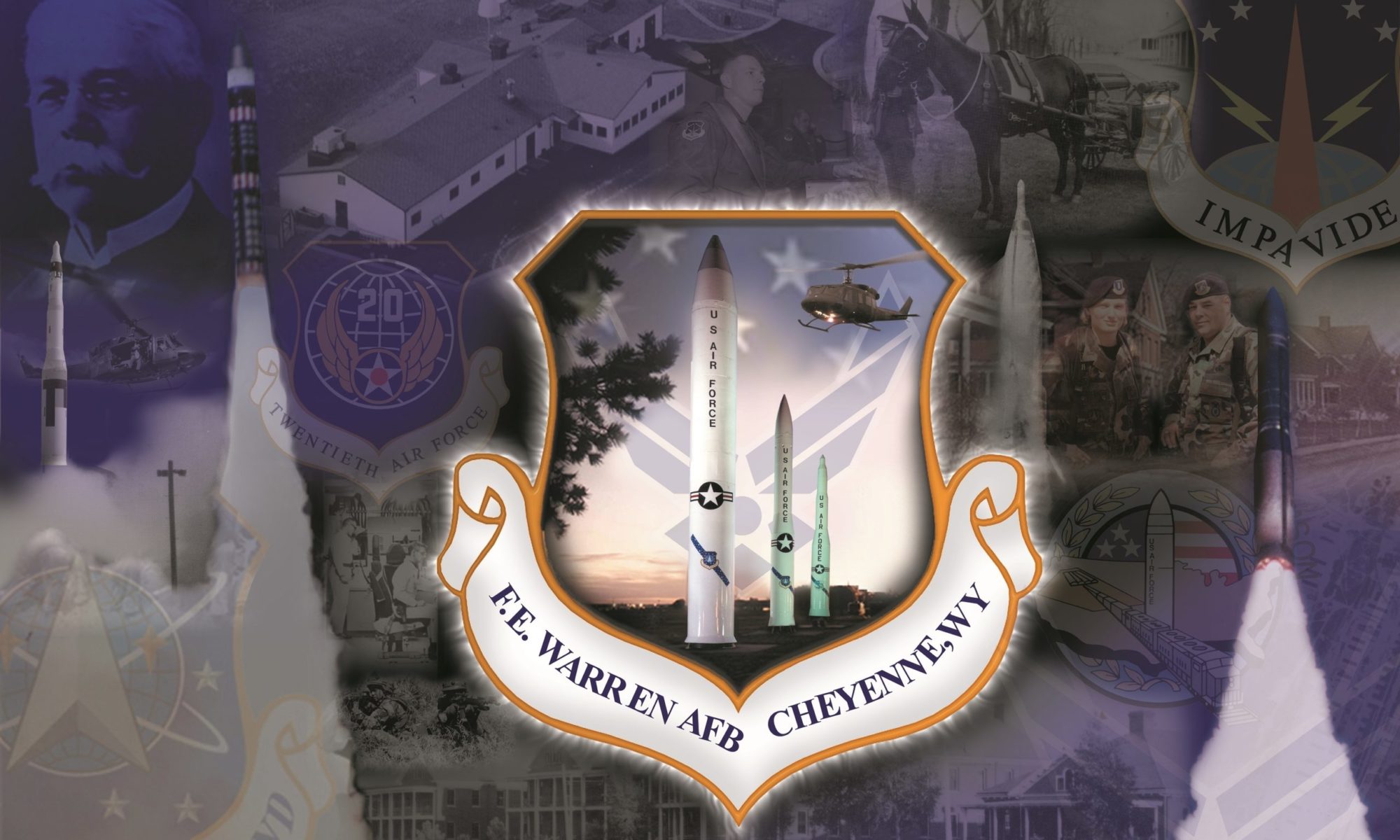September 29, 1901
For more than thirty years, Fort D. A. Russell was exclusively a cavalry and infantry military installation. The tactical mobility of cavalry companies made them ideal for supporting Fort Russell’s initial mission protecting the development of the Union-Pacific Railroad. The infantry’s innate maneuverability allowed them to supplement the cavalry and provide an additional source of protection for the surrounding area. However, shortly after the Spanish-American War, forces of a different caliber began to arrive in Cheyenne. On September 29, 1901, the Thirteenth Battery of Field Artillery became the first artillery unit stationed at Fort Russell.
According to Janice E. McKenney, the impact of the Spanish-American War reshaped the United States’ artillery structure in the beginning of the twentieth century. Before and during the war, the U. S. artillery consisted of seven regiments, each commanding fourteen batteries. This hierarchical organization was similar to the Army’s infantry and cavalry regiments. Though, unlike the infantry and cavalry, the Army did not have a separate command which oversaw the nation’s artillery operations. On February 2, 1901, the U. S. Army formed the Corps of Artillery and dissolved the seven artillery regiments into multiple batteries of field artillery and companies of coast artillery. This reorganization created pivotal oversight for artillery operations by creating a Chief of Artillery and allowed for better command and control by establishing separate coastal and field forces. More notable locally, it prompted the introduction of field artillery at Fort Russell.
The Thirteenth Battery of Field Artillery was well received by the base and the people of Cheyenne. The previous year, on August 8, 1900, the post was home to only thirty-seven soldiers; thus, the arrival of additional forces was a welcomed socioeconomic event. Along with the Twenty-Third Infantry, which arrived the previous year in August, the Thirteenth Battery of Field Artillery primarily conducted training at Fort Russell.
Field artillery batteries in the early-twentieth century were comprised of a wide variety of personnel and equipment. On average, a battery consisted of approximately one-hundred and sixty-three soldiers led by five officers and eight sergeants. The remaining enlisted personnel worked a mixture of jobs ranging from artificer to cook to musician. Artillerymen employed a range of weapons during this period. The recently-developed 3.2-inch M1885 steel breechloader was the primary long-range artillery weapon during the Spanish-American War and was favored by many. However, a majority of the artillery’s weaponry stemmed from the Civil-War era. The 3-inch ordnance rifle, 12-pounder M1857 Napoleon, and the 12-pounder M1841 mountain howitzer continued to be utilized after the Civil War. Fortunately for Cheyenne, the storage of artillery personnel and equipment required additional shelters, which increased the number of buildings on the post and further solidified Fort Russell’s purpose in the U. S. Army.
The introduction of artillery in Cheyenne reshaped the future of Fort Russell. In 1904, the Army authorized the development of two sets of artillery barracks and stables to accommodate the increase in base personnel and equipment. Additional artillery barracks, along with permanent brick stables, were constructed three years later in 1907. Artillerymen resided in buildings 246, 247, and 248, which are still standing along Randall Avenue at F. E. Warren Air Force Base today. A 36,800-acre training range was acquired in 1904 when Crow Creek Forest Reserve was re-designated the Fort D. A. Russell Target and Maneuver Range. The artillery’s presence undoubtedly engendered some drastic changes at Fort Russell.
The Thirteenth Battery of Field Artillery set the stage for future artillery units, as Fort Russell now maintained multiple quarters and shelters built to accommodate artillery forces. Although there is a lack of historical documentation to describe how long the battery initially stayed at Fort Russell, the unit returned with the Eighth Battery of Field Artillery on January 11, 1905 and remained in Cheyenne until February 1, 1906. Between 1906 and 1941, another ten field-artillery batteries ultimately called the post near Cheyenne home, as artillerymen intermittently resided at Fort Russell until the base was re-designated a training installation during World War II.

